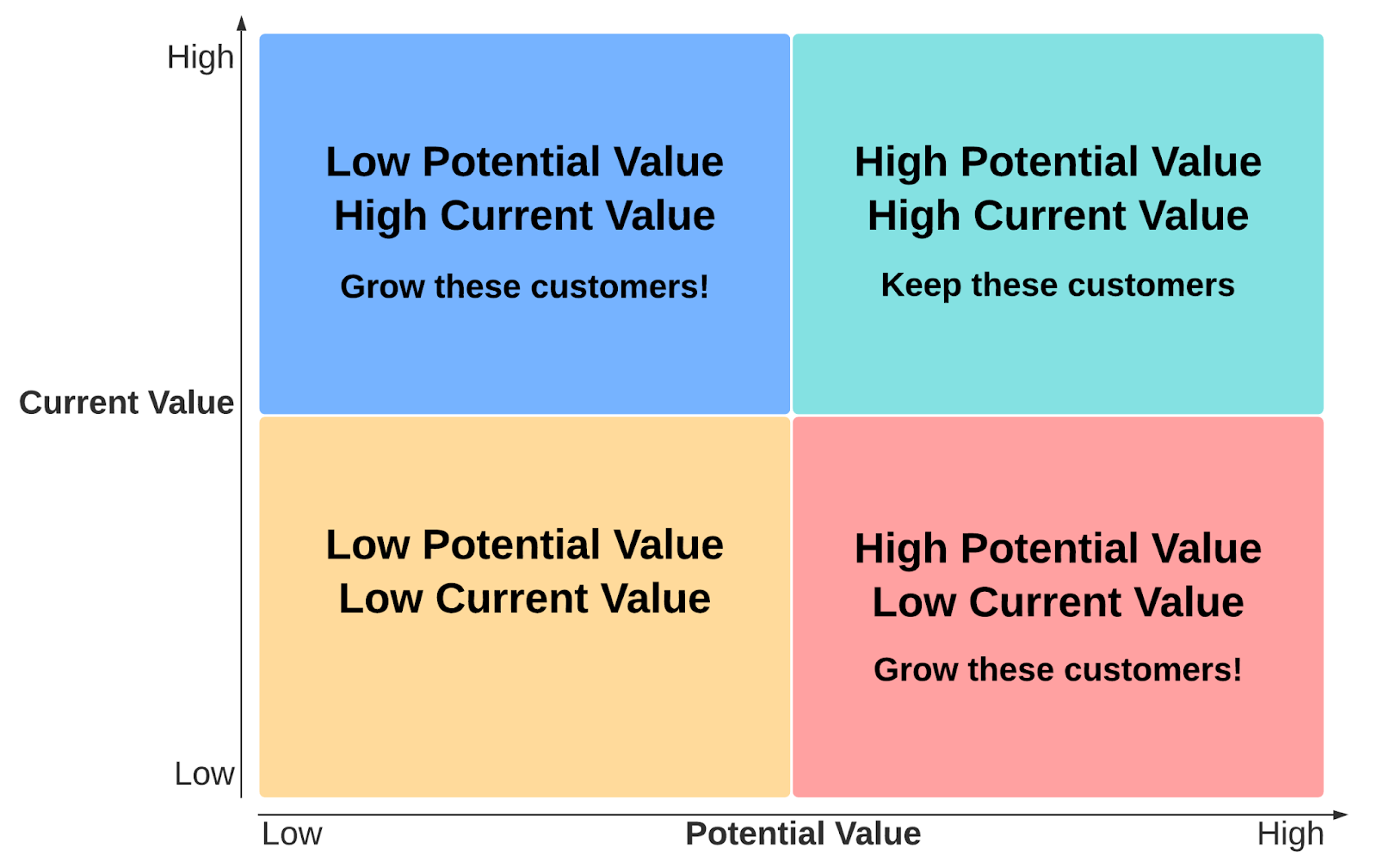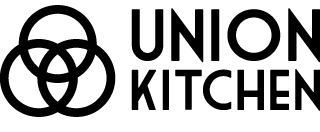Customer Lifetime Value
As a CPG business, your customer base is the single most valuable asset your business has. Building a loyal customer base that will repeatedly purchase your products in-store will increase your sales as well as your brand awareness. In this resource guide, we learn how to calculate customer lifetime value to determine the total revenue your business will earn from an average customer and how much it will cost you to acquire and retain that customer. Let’s begin!
Customers are assets that generate cash flow for your business. However, acquiring more customers can be costly and time-consuming. Retaining your customers and selling more to your existing customer base will boost your customer lifetime value and the profitability of your business.
What is Customer Lifetime Value and Customer Acquisition Cost?
Customer Lifetime Value (CLV) is the total profit of a customer over the lifetime of the business relationship, meaning as long as they buy products from your business. It is calculated by multiplying the customer revenue per year with the duration of the relationship (in years) and subtracting the total costs of acquiring and serving that customer. By using CLV you’ll know exactly how much you spend to acquire a customer, how much you spend to retain them, and what that customer is worth to your business.
The CLV calculation can help you determine your sales, marketing, and advertising budget, decide which customers to target, and increase your customer retention.
As mentioned above, the cost of acquiring a customer impacts the CLV. Customer acquisition cost (CAC) is the amount your business spends on advertising, marketing, and special offers to get more customers to purchase your products in stores. To calculate CAC, divide the sum of your cost of sales and marketing by the number of new customers. For example
A low CLV is a sign that your business needs a new customer retention strategy. It doesn’t make sense to spend $75 on trying to acquire a new customer if they will only earn you $75 or less. Determining how much to spend on acquiring new customers will help you avoid cash flow problems by spending less money than you will be earning.
How the Cookie Crumbles: CLV Edition
Let’s look at how to calculate the CAC and CLV through the example of a company called Cookie Co. Cookie Co. launched in 2018 and has since grown into a regional brand sold across the Mid-Atlantic. They sell three types of cookies at three different prices: Oatmeal Raisin for $5/box, Chocolate Chip for $6/box, and Shortbread for $7/box. An average customer buys ten boxes of cookies every year for 8 years so the revenue from a given consumer equals $480. The calculation breakdown is as follows (5+6+7)/3 X 10 boxes X 8 years = $480
To earn $480 from a given customer, Cookie Co. first needs to target and acquire customers. They spend $2,000 on their social media campaign, $1,000 on sales, and $500 on magazine ads in a month to acquire 200 new customers. Their customer acquisition cost is, therefore, $3500 divided by 200, meaning they spent $16 to acquire each customer. Additional costs that Cookie Co. incurs per customer per year is $10. The CLV of a customer to Cookie Co is therefore $480 [calculated above] - (8 years X $10/year) [this is the total CAC]- $10 [additional costs] = $390.
This means that the average customer is worth $390 in profit over the eight-year relationship with Cookie Co. Since $16 is below CLV of $390, we know that they are spending their marketing budget wisely and will earn more from each customer than they spent to acquire them.
How to Retain Your Most Profitable Customers
Once you calculate your CLV, the next step is to retain your most profitable customers. Retention is the rate at which your customers continue buying from your business in a given period of time. Don’t assume a customer will come back - you will lose some customers as they buy from your competitors but gain others as they enter the market. It is more expensive to acquire new customers than retain current ones. Your focus should be on increasing current customer purchase size and the frequency with which they purchase your products.
Build relationships with your customers to increase their loyalty. You can do this by using targeted marketing, loyalty programs, or special offers that incentivize repeat purchases by offering discounts or benefits. It’s not possible to increase customer retention and grow your business without knowing what your customers like or do not like. To identify issues and keep your retention rate high, monitor your online channel reviews and complaints to understand customer sentiment and actively seek feedback through customer satisfaction surveys. You can segment customers into four groups based on current value and potential value to your business by asking the following questions:
Recency: When was the last time they purchased products from your business?
Frequency: How often and for how long have they purchased?
Sales: How much have they purchased?
Let's go back to the idea of your most profitable customers. Although we treated every customer as equal in our CLV calculation, not every customer will be equally valuable for your business over the length of the relationship. Say you have four customers: Alice, Susan, Carol, and Tom.
Alice is the customer with the highest overall spending and most referrals. She sits in the upper right quadrant of the graph below. She is the customer who buys more than the average 10 boxes from Cookie Co. and recommends it to all her friends. She is an advocate for Cookie Co. and will help it increase its customers organically. You should build and retain customers like Alice.
Susan is a potentially valuable customer that is not buying a lot of products right now but might increase her purchases in the future. She sits in the lower right quadrant of the graph below. She buys less than 10 boxes of cookies from Cookie Co. every year but will likely become profitable later on. Try to understand how you can improve the customer experience by gathering feedback from customers like Susan.
Carol currently is the customer who currently buys more than the average customer but might decrease her spending in the future. She is the customer in the upper left quadrant of the graph below. You should offer rewards to customers like Susan and Carol and give them reasons to keep coming back.
Tom is a low current value and low potential value customer meaning he does not buy many products or shop regularly. He might buy one or two boxes from Cookie Co. in a year and cannot or will not buy any more. It is not worth spending money on these customers as their CLV will not go up - it will only increase your sales and marketing expenses.
Instead of spending an equal amount on every customer, you are better off spending your money on customers who are likely to do business with you again or become more valuable in the future. Focus your energy and marketing spending on the customers that fall into the top left and bottom right quadrants.

In this guide, we covered the CLV and CAC metrics to help you calculate how much revenue an average customer brings to your business, how much you spend to acquire new customers and how to target and retain the right customers to increase your revenue. Remember, profitable customers have a high CLV and a low CAC and it costs less to keep existing customers than acquire new ones. Increase the value of your repeat customers to grow and make them brand advocates!

Comments